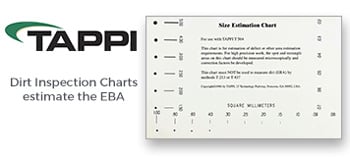Anionic Wet-End Starch: A Wealth of Possibilities to Improve Paper Quality and/or Reduce Paper Costs, 2002 Technology Summit Proceedings
P. H. Brouwer, J. Baas, & T. A. Wielema
Starch is a natural polymer with a very high molecular weight and is the most used chemical in the paper industry. Starch is mainly used to improve dry strength. Lowering the molecular weight of starch decreases the binding power. Therefore, the use of starch with no or as little degradation as possible should be pursued. However, non-degraded starch has a very high viscosity and application in sufficient quantities only can be done in the wet end.
To retain starch in the wet end, first adsorption on negatively charged fiber and filler is necessary. To achieve this, almost all the wet-end starch today is modified to be cationic. Adsorption studies show that the charge density of most of the pulp compositions only allows the addition of 1 - 1.5% cationic starch with complete adsorption and without reversal of the overall charge of the furnish. Moreover, increasing water hardness, conductivity, and anionic trash levels influences the adsorption of cationic starch negatively.
Some years ago, a study was started to check the possibility of introducing anionic wet-end starch in the wet end and retaining such starch with a cationic fixative. The results showed that up to 5% anionic wet-end starch could be retained, even in water with high conductivity and hardness, producing paper in which strength increased with starch dosage.





